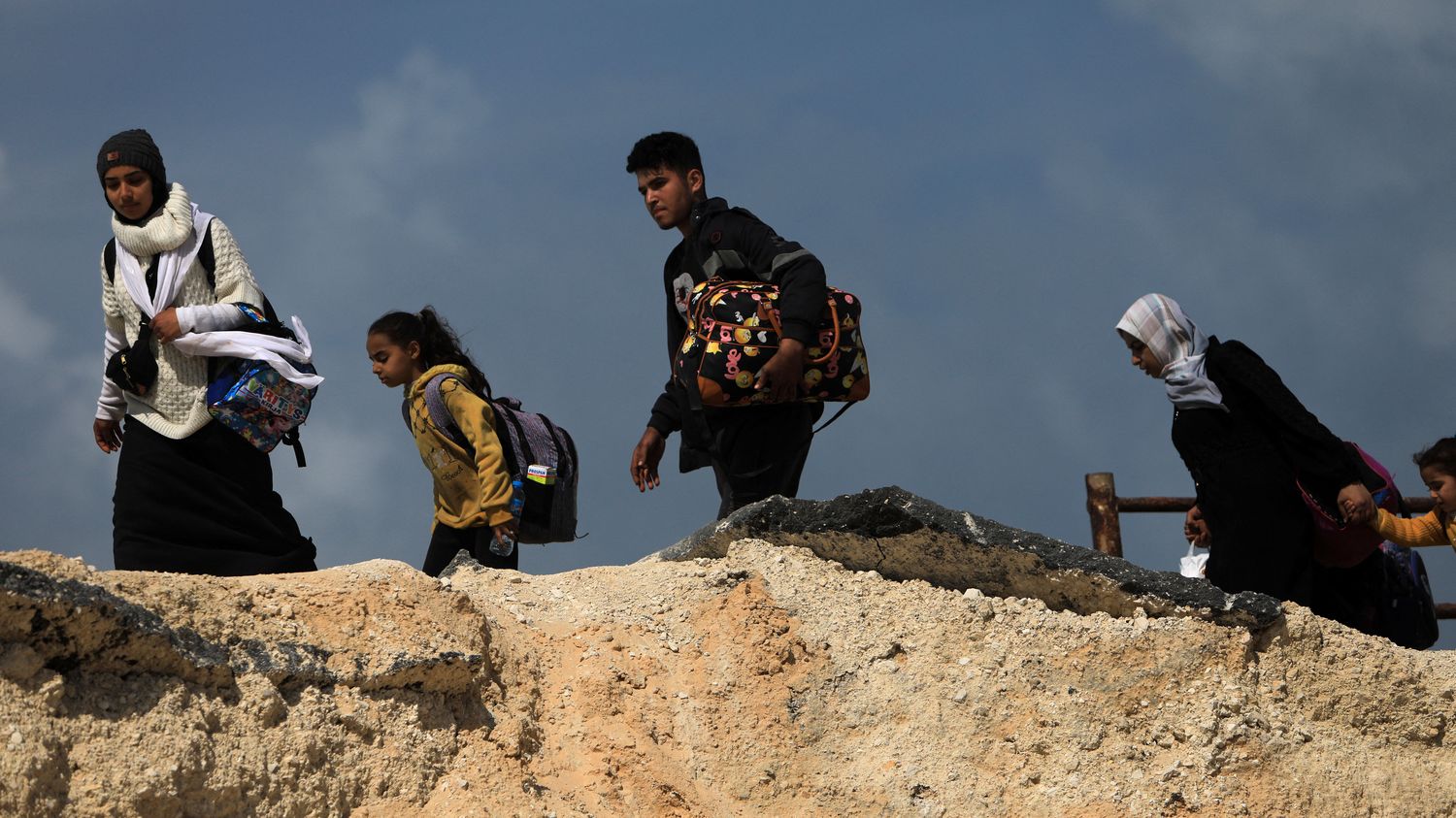The European Union and the United States announced on Friday the upcoming opening of a maritime corridor between Cyprus and Gaza, to deliver humanitarian aid. Franceinfo explains to you what this consists of.

Published
Reading time: 2 min

After five months of war, the European Union and the United States announced on Friday March 8 the upcoming opening of a maritime corridor between Cyprus and Gaza to transport humanitarian aid to the Palestinian enclave. An initiative which will, according to Israel, “allow aid to increase” within the Palestinian enclave. If we talk about a humanitarian corridor for Gaza, this term was also used a lot during the war in Ukraine. We’ll explain how it works.
What is a humanitarian corridor?
As defined by the International Committee of the Red Cross, a humanitarian corridor (or corridor) takes place when, in a conflict, two belligerents have concluded an agreement and undertake to allow civilians and humanitarian aid to pass through a given geographical area. . The principle of the humanitarian corridor appeared in 1949 with the Geneva Convention. The terms “humanitarian corridor” do not appear as such, but the Convention clearly states that targeting civilians or depriving them of humanitarian aid is illegal. It was only in the late 1980s that the UN began to mention the terms “security corridor”.
How long have they existed?
The very first corridor was established in 1989 in Sudan. Others followed in 1990 in Angola, in 1991 in Iraq and even in 1992 in Bosnia. At the time, a humanitarian corridor was set up in Sarajevo just after François Mitterrand’s visit. Nearly 40,000 UN soldiers are then deployed around the city’s airport to bring in humanitarian aid.
Are they necessarily safe?
No. Humanitarian corridors can also prove to be traps. We saw this recently in Ukraine just two years ago. At the start of the war, Russia announced the opening of several routes to flee kyiv, Kharkiv and Mariupol. Except that two thirds of the corridors led to Russia or Belarus, which amounted to “throwing yourself into the den of the wolf”. Ukraine then refused these corridor proposals. kyiv also accused Russia at the time of knowingly bombing other humanitarian corridors and shooting at civilians.
We can also cite the example of Aleppo, in Syria. In 2016, the rebel-held city was besieged by the Syrian army. Bashar al-Assad’s regime is urging the population to flee using humanitarian corridors. Civilians, however, refuse to use these corridors, believing that they are in reality “corridors of death”. And for good reason, several rescuers accuse the army of having shot civilians while they were in one of the corridors.
Humanitarian corridors are therefore not the ultimate solution to the distress of populations.
